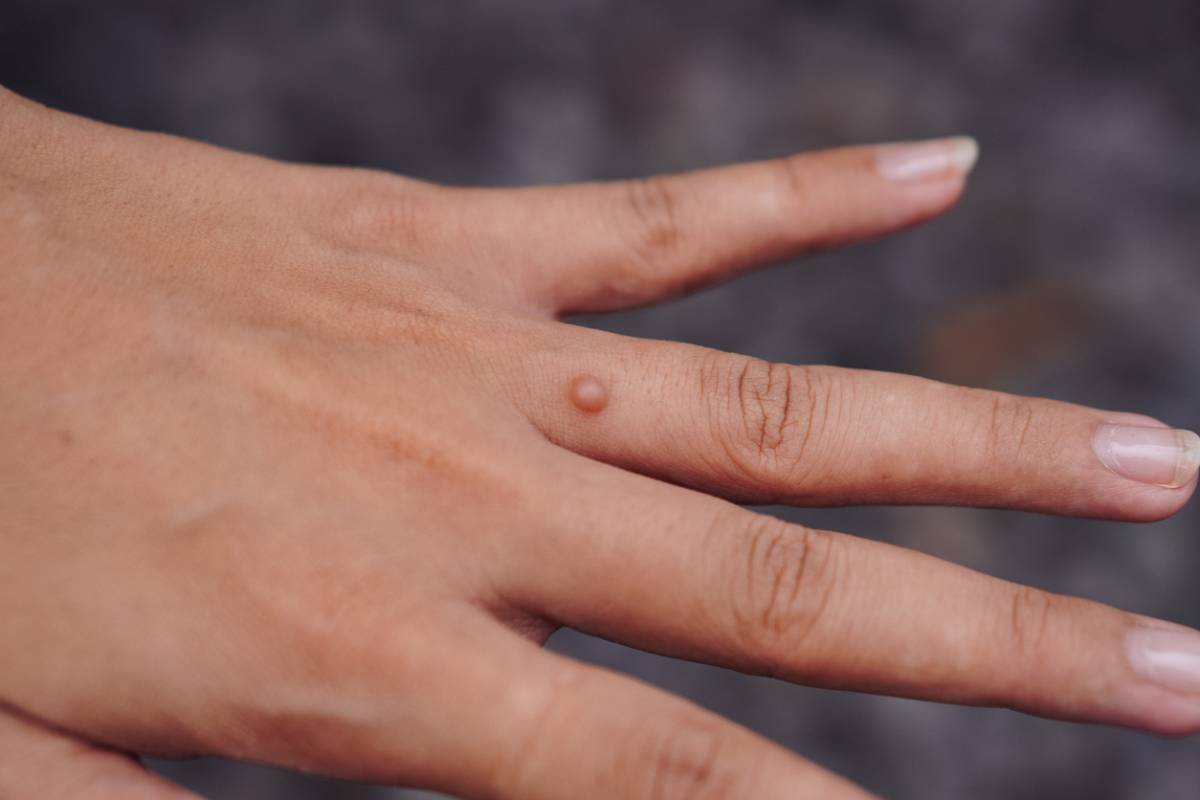There are several risks associated with removing warts at home. Although there are remedies for removing warts at home, consider speaking with a dermatologist about treatment options instead. Understanding the risks of removing warts at home is crucial for making this decision.
Getting rid of warts can be frustrating, but there are numerous wart removal treatment options to consider. This is your body, and you deserve to receive top-notch care from healthcare professionals. If you opt to remove warts at home, there are certain risks to be aware of.
What Are the Risks of Removing Warts at Home?
When you choose to remove warts at home rather than work with a dermatologist, there are aspects of home treatment you should know. For instance, some risks of removing warts at home include moderate to severe scarring from topical treatments.
According to the National Library of Medicine, nearly two-thirds of warts resolve spontaneously within 12-24 months. The type of treatment required will depend on the location and type of the wart, as well as whether any pain is involved.
Other risks associated with removing warts at home include:
- Damage to or scarring of the skin due to burning, shaving, or cutting the wart
- The contagious spreading of warts to other parts of the body due to improper removal methods
- Infections caused by cutting the wart improperly
- Digging too deeply into the skin, causing bleeding and bruising
- Not removing the wart correctly can create other problems, such as cuts or scrapes
Because of these risks, it is recommended that a professional dermatologist remove warts. If you want to reduce scarring or skin damage, a dermatologist is more effective than trying to determine treatment options on your own.
With home treatments, you will not receive the high-quality care offered by a doctor. Additionally, you will not have access to the necessary medical tools needed to treat the wart.
How Can I Remove Warts at Home?
Although not recommended, it is possible to remove warts at home. Certain medications can freeze the wart, while others can peel it away.
Depending on the type of wart, you may be able to use over-the-counter medications to reduce its size. However, there is no substitute for a knowledgeable, trained dermatologist who can identify the wart and provide treatment options. As with any home remedy
The Different Types of Warts
Many types of warts can develop on the skin. The different types of warts include:
- Common – These warts are found on the upper and lower extremities. Some are thin and long and can be found on eyelids or the lips, while others are on the plantar surface and may be deep and painful.
- Flat – Flat warts range in size from 1 to 7 mm. There can be hundreds on the skin, appearing as fleshy growth.
- Butcher’s – These warts have a cauliflower appearance and tend to be seen in individuals handling raw meat products.
- Cystic – Cystic warts have a smooth appearance and may be seen on the sole.
- Filiform – Similar to common warts, filiform warts are common, but have prominent papillomatosis, a condition known for small, non-cancerous warts referred to as papilomas.
- Focal Epithelial Hyperplasia – These warts appear in the oral cavity. They may appear in groups and resemble white papules, measuring 1-5 mm.
- Deep palmoplantar – These warts are similar to common warts, except the lesion lies deep beneath the skin.
Each type of wart has its own challenges, which is why treating warts at home without a doctor can be complex and risky. For professional care, consider a dermatologist who can assist you throughout treatment.
Receive Wart Removal From a Dermatologist
Instead of trying to manage the pain from a wart or remove it yourself, review the options offered by a Dermatologist in Sarasota. Dermatologist Lim can help you determine which wart-removal option is best for you. Schedule a consultation today to learn more!

